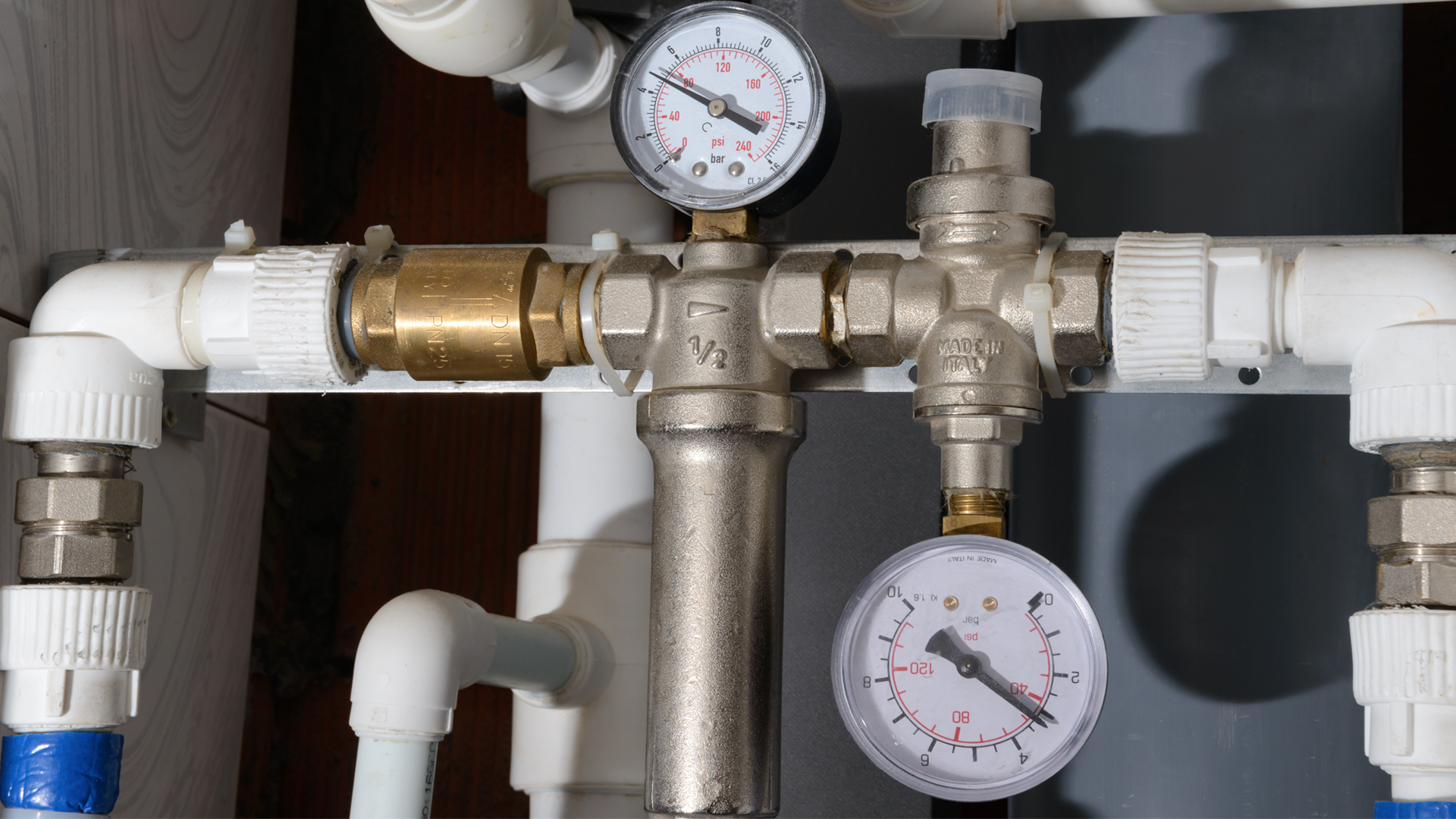The simple check valve plays a crucial part in plumbing and industrial mechanical systems. Have you ever asked, "What is a Check Valve & What Do They Do?" If yes, then this article is for you.
It will explain how check valves work, their components, and their vital roles in preventing backflow and maintaining pressure. You'll gain a practical understanding of these devices that will be helpful when dealing with common problems such as leaks or valve failure. The article will start with the basics, move on to their components, and explain their roles before finally tackling common issues and offering troubleshooting tips. So, get ready to learn about the world of check valves with the right check valve supplier.
Understanding the Basics of a Check Valve
A basic understanding of a check valve is vital, particularly for those in the plumbing or engineering field. It's not just a valve; it's an essential component that guarantees the fluid flows in the correct direction. Your learning about check valves starts here, focusing on the components of check valves in the forthcoming segment.
Parts of a Check Valve
A check valve comprises five primary components: the body, cover, disk, hinge pin, and seat ring. The body, often known as the shell, is a protective layer for all the internal parts of the check valve.
The cover of the check valve acts as an access point for the maintenance of the internal components. The disk, a movable part, obstructs the flow within the valve. It can adopt different shapes, such as a ball, piston, or diaphragm.
The hinge pin allows the disk to pivot in swing check valves. Lastly, the seat ring offers a sealing surface for the disk. Understanding these parts is crucial to fully grasp their combined role in preventing backflow in a system. Let's now examine how these components work together in the roles of a check valve.
Also read: How to Prevent Check Valve Failure: Maintenance and Monitoring Insights
Role of a Check Valve
The check valve's roles will captivate your interest as you explore it. This humble component functions to prevent backflow, thereby ensuring the safety and efficiency of your system. Furthermore, it is responsible for maintaining pressure, a task of the utmost importance in any fluid system. Let's further understand these roles.
Preventing Backflow
Check valves to prevent backflow by using different stopping mechanisms like a disc, piston, or ball. We can understand this process in three essential steps:
- The cracking pressure is the least upstream pressure at which a check valve will open. The pressure differs depending on the design and size of the valve. When the upstream pressure drops below the cracking pressure or backflow happens, the valve shuts. This backpressure seals the opening by pushing a gate, disc, diaphragm, or ball against it.
- The valve housings often come with an arrow that shows the direction of the flow. This is significant as check valves are made to function in one direction only.
- Backflow preventers are key in maintaining a low-pressure vacuum sealed by two check valves. If the pressure in this low-pressure chamber goes too high, it can cause backflow. To stop this, the water is pushed out through a relief valve, which stays open until the pressure in the chamber stabilises.
Backflow preventers serve two main functions:
- The check valves ensure water doesn't flow back into the public water supply.
- The pressure-relieving valves let water out if the system pressure goes too high.
Imagine a situation where the flow reverses. In such cases, the valve closes to protect the piping, pumps, and other valves. For instance, sewer lines use non-return valves to prevent waste from flowing back into the system.
Maintaining Pressure
Check valves are vital in sustaining the correct pressure within a system. These effective devices permit fluid to move when the system achieves a specific pressure level. The pressure difference between the two outlets of the valve facilitates this process. However, this pressure doesn't remain constant across all valves. It changes according to the check valve's design and size.
Additionally, check valves to ensure pumps, regulators, and other equipment operate smoothly. They avert potential malfunctions due to pressure changes, highlighting their significance in any system.
Understanding the role of check waves in pressure maintenance and malfunction prevention sets the stage for exploring common challenges in these devices and how to solve them.
Wrapping It Up
Check valves hold a fundamental place in both plumbing and industrial mechanical systems. You have come across their components, functions, and common problems, and this will surely enhance your knowledge.
Even though they can be prone to issues like leakage and failure, don't let these challenges discourage you. It would be beneficial to seek advice from professionals at AlterValve, one of the leading valve suppliers in India. As the old saying goes, "Knowledge is power". So, continue with your desire to understand these essential devices.
